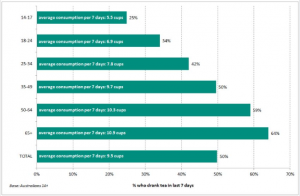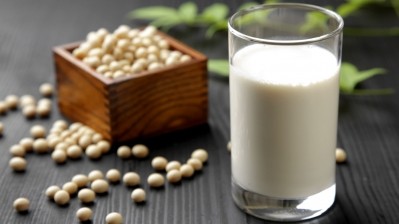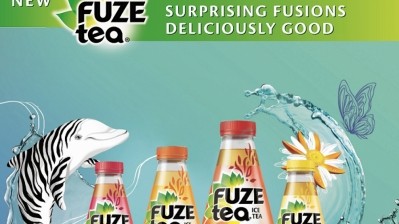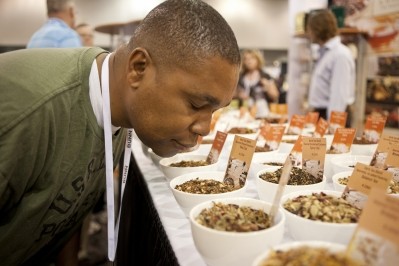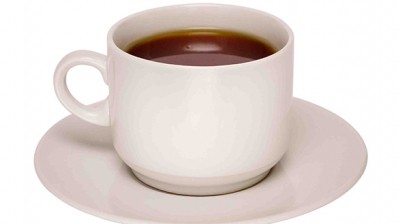Australia
Tea companies should target teens as market grows slowly
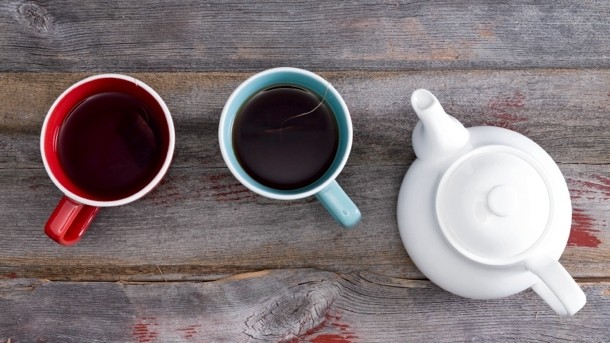
That’s according to market research that found that exactly half the population drinks at least one cup of tea each week—a trend that has increased slightly over the last year, from 9.6m Australians to 9.8m.
Women are more likely to be tea-drinkers than men: 55% drink at least one cup a week, compared with 45% of men.
There is also a strong correlation between tea-drinking and age. Whereas 25% of Australians aged 14-17 drink tea, the proportion of tea-drinkers grows with each subsequent age group, peaking at 64% among the 65-plus age demographic.
The average number of cups consumed also increases in direct proportion with age. Tea-drinking teenagers between 14 and 17 years each drink an average of 5.5 cups per week, compared to the over-65s, who consume an average of 11 cups. Moreover, almost a third of this group drink 15 or more cups per week.
Similarly, the proportion of hot-coffee drinkers in each age group, and the average number of cups they consume, also rises in direct proportion to age. But it is worth noting that only the 14-17-year group is more likely to drink hot tea (25%) than hot coffee (19%) in an average week. From 18 years and up, coffee is the more popular beverage.
Norman Morris of Roy Morgan Research, which carried out the study, suggested that tea marketeers should set their sights on the tea-loving youngest age-group.
He said: “Could this be an opportunity for a savvy tea brand to get in on the ground floor, so to speak, and win over this young demographic so as to build a life-long relationship?
The research also found that sales of regular tea had actually declined slightly over the last five years. At the same time, herbal and fruit tea sales had crept up, and green tea sales had plateaued.
“It is crucial for brands wishing to remain competitive in this uncertain market to identify exactly those consumers most likely to keep, or start, buying their product, so they can tailor their marketing in a way that resonates with these people,” Morris added.
